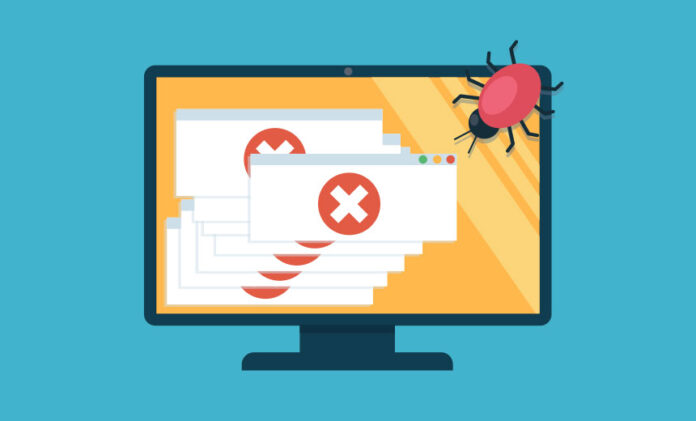A bug and a flaw are similar, but they aren’t the same thing. In fact, bugs and flaws may be rooted in the same problems, but what separates them is their effect on your product or service as well as your customers’ experience with your product or service. This guide will help you understand the difference between bugs and flaws so you can fix your products quickly and keep customers coming back time and time again.
Bugs Defined
A bug is an error, flaw, failure, or fault in a computer program that prevents it from behaving as intended (such as producing an incorrect result). Bugs can be caused by coding errors, incorrect user input, hardware defects, or any number of other factors. Most bugs are relatively minor and can be fixed with a software patch or update. However, some bugs can be much more serious and cause major problems or even crash a system.
Flaws Defined
A flaw is an error, mistake, failure, or shortcoming. A bug is a specific type of flaw that results in incorrect or unexpected behavior in software or hardware. In other words, all bugs are flaws, but not all flaws are bugs. When we use the term bug to refer to errors and problems with computing devices, it’s usually when the device isn’t functioning as expected.
That said, sometimes even though there may be no problems with the device’s functionality, people still say Oh! I found a bug! when they find some sort of insect crawling on their laptop screen or keyboard.
Tests for Bugs and Flaws
- Bugs are usually smaller in scope and easier to find and fix. They’re usually the result of a coding mistake, and they can be found through things like unit testing.
- Flaws, on the other hand, are bigger in scope and can be harder to find and fix. They’re usually the result of a design mistake, and they can be found through things like system testing.
Both bugs and flaws can cause problems for users, but bugs are generally less serious than flaws.
Common Mistakes When Filing Bug Reports
- Not including a clear and concise summary.
- Forgetting to include key details like the operating system, browser, and steps to reproduce the issue.
- Not specifying the severity of the bug.
- Making assumptions about what caused the bug.
- Filing duplicate reports.
- Not including a screenshot or video demonstrating the issue.
- Reporting an issue that has already been fixed in a newer version of the software
- Reporting an issue that you don’t have permission to report.
- Posting confidential information such as passwords, social security numbers, credit card numbers, etc.
- Asking for free products and/or services from vendors/developers.
Common Mistakes When Working with Bugs
There are many common mistakes when working with bugs. The most common is to mistake a flaw for a bug. A flaw is an error in the design of something, while a bug is an error in the implementation.
Another common mistake is to think that all bugs are created equal. This is not the case. Some bugs are much more serious than others and can cause major problems.
Another mistake is to try to fix every bug that is found. This is not always possible or practical and can actually lead to more problems than it solves.
Finally, a common mistake is trying to fix a bug without first understanding what caused it.
Conclusion
In software development, a bug is an error, flaw, failure, or fault in a computer program or system that causes it to produce an incorrect or unexpected result, or to behave in unintended ways. Bugs arise from mistakes and errors made in either a program’s source code or its design. A flaw is any property of a product that impairs its ability to function as intended. Bugs are defects found internally by developers, but flaws are those found by users of the product.


